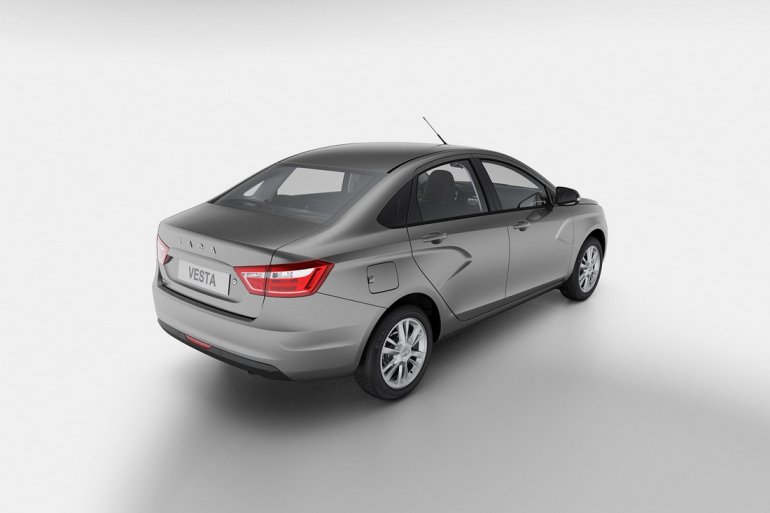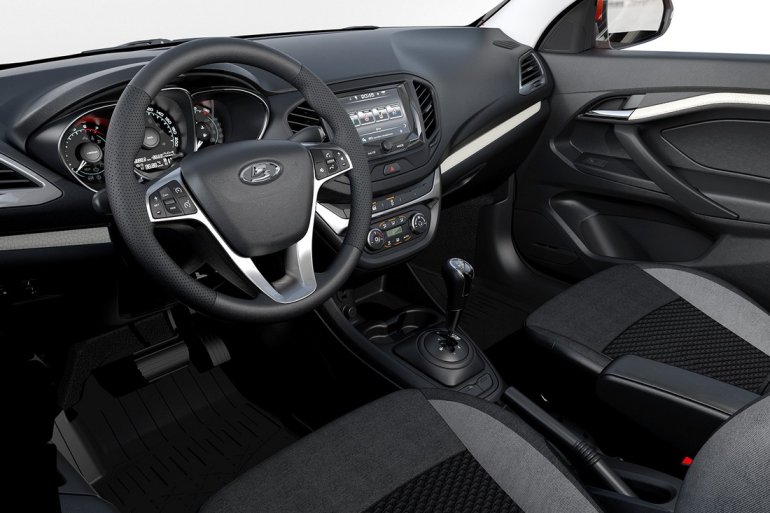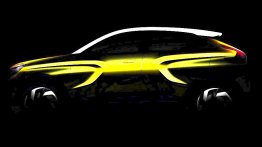The Hyundai Solaris (Verna) rival will launch in Russian showrooms in November.
The mass production of the Lada Vesta commenced at AvtoVAZ's Izhevsk plant on September 25. While the assembly takes place at Izhevsk, some of the vital components of the Vesta are manufactured at Togliatti. These include engines, transmission units, and chassis components, which constitute 60 percent of the vehicle. The initial level of localisation of the Vesta is 71 percent.
The model is slated for market launch in Russia on 25th of November, at an approximate price range of RUB 495,000 to 600,000 (INR 4.98 to 6.04 lakhs).
The sedan is based on a new platform named B/C, developed by AvtoVAZ with support from the Renault-Nissan Alliance. The car measures 4,410 mm in length, 1,764 mm in width, 1,497 mm in height, and 2,635 mm in wheelbase. The boot volume of the Vesta is 480 litres. The car is produced with materials that have corrosion protection composition, and the doors are designed to eliminate freezing locks, and prevent snow from entering the cabin when they are opened.
The Lada Vesta is powered by a 1.6-litre petrol engine in 16-valve configuration that can produce 106 hp of maximum power, mated to a 5-speed manual transmission. Down the line, the sedan would be offered with the same engine paired to a 5-speed AMT, the same motor in 8-valve arrangement that churns out 87 hp and mated to a 5-speed manual transmission, as well as a Nissan-sourced 1.6-litre petrol engine that delivers 114 bhp, mated to a 5-speed manual gearbox.
The Vesta competes with the Hyundai Solaris and the VW Polo Sedan in the Russian market.
Lada Vesta mass production begins - Press Release (Translated)
[Slideshare direct link]
[Source: avtosreda]


































